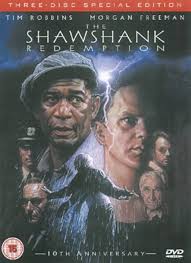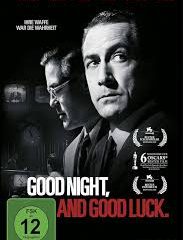Understanding the Impact of Shawshank Redemption

Introduction
The Shawshank Redemption, directed by Frank Darabont and released in 1994, is a film that has carved its niche in cinematic history. Based on a novella by Stephen King, the movie explores themes of hope, friendship, and resilience within the bleak confines of Shawshank State Penitentiary. Its relevance remains significant even decades after its release, as it resonates with viewers on both personal and societal levels.
Plot and Characters
The narrative follows Andy Dufresne, played by Tim Robbins, a banker wrongfully convicted of murdering his wife and her lover. While in prison, Andy forms a deep friendship with fellow inmate Ellis ‘Red’ Redding, portrayed by Morgan Freeman. Together, they navigate the challenges of prison life, leading to profound transformations in their perspectives about freedom and hope.
Critical Reception and Awards
Though it received a lukewarm response at the box office initially, The Shawshank Redemption was a hit with critics, earning seven Academy Award nominations including Best Picture. Over the years, it has grown in stature, frequently topping audience favorite lists and often being referenced in discussions about the greatest films of all time. The film has an impressive rating of 91% on Rotten Tomatoes and retains a high ranking on IMDb, consistently ranked within the top films.
Cultural Significance
The Shawshank Redemption has transcended its original release thanks to its examination of the human spirit and the importance of perseverance. Quotes from the film, such as “Hope is a good thing, maybe the best of things, and no good thing ever dies,” have become ingrained in popular culture. The film’s setting in a prison has also influenced a variety of works in literature and film, serving as a springboard for discussions about justice, rehabilitation, and systemic flaws in the penal system.
Conclusion
As we revisit The Shawshank Redemption, it is evident that its impact on both viewers and the film industry is enduring. The film continues to provoke thought about the human condition and the quest for freedom, resonating with generations. With its themes of hope triumphing over despair, it underscores the importance of resilience in facing life’s challenges. For both film enthusiasts and casual viewers alike, the movie stands as a testament to the power of storytelling and its ability to inspire change.









